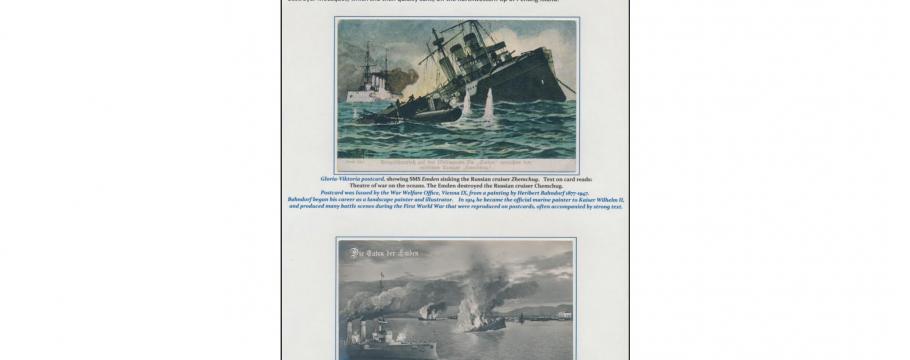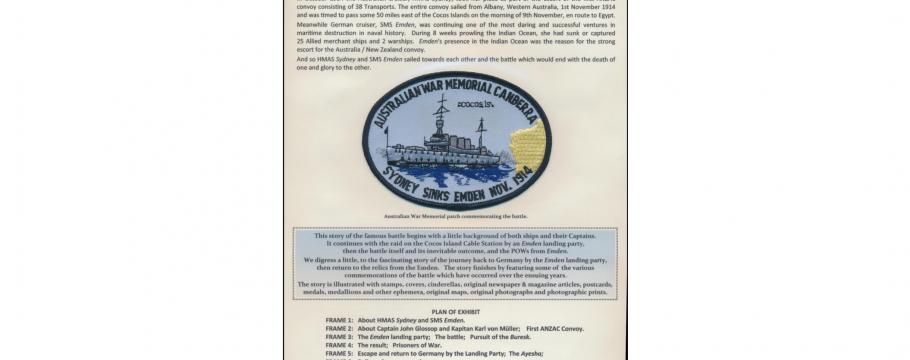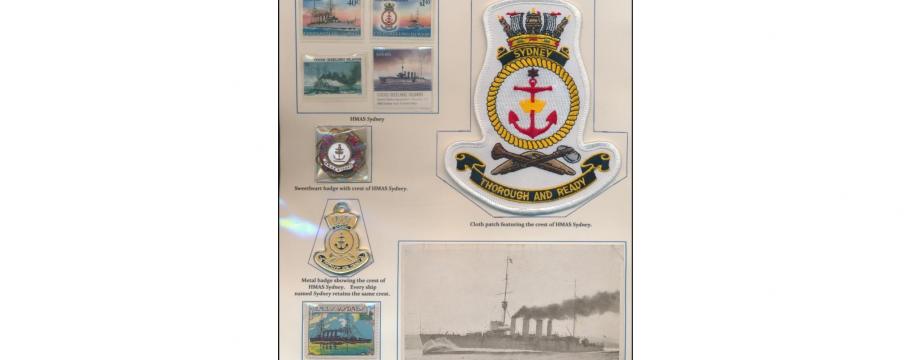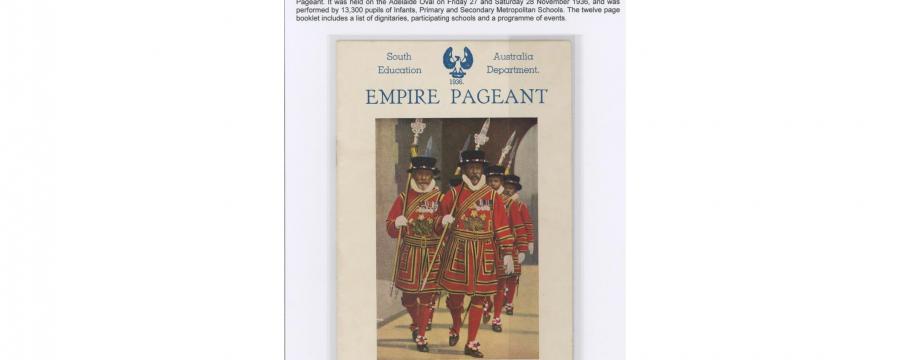









Famous World War I sea battle featured in Australian auction
Author: Richard Brewster | Posted: 16th February, 2024
It was indeed momentous. Australia claiming its first naval victory as HMAS Sydney destroyed the German raider SMS Emden not long after the start of World War I.
The date was November 9, 1914 and, over a two-month period, the German cruiser had wreaked havoc with Allied shipping – sinking or capturing 25 steamers, a Russian cruiser and French destroyer.
HMAS Sydney finally caught up with Emden when it turned its attention to the British cable and wireless station on remote Cocos Islands – killing 134 of its 316 crew and wounding 65 as the German captain ordered his ship to be grounded.
Many of the crew managed to escape and return to Germany via Yemen and Turkey.
New South Wales collector Mrs Kim Dwyer has formed a fascinating and beautifully presented social history display (lot 2009) which will be auctioned by Melbourne-based Abacus Auctions from 11am Wednesday February 21 at 29 Hardner Road, Mount Waverley.
The three-day auction features Australian and overseas stamps, postal history and picture postcards, militaria, coins and banknotes, sporting memorabilia and other collectables.
The display features items from the pre-war days of both ships, including a letter signed by Sydney’s captain John Glossop, who rose to the rank of vice-admiral.
Four large contemporary prints of photos taken on Cocos are highlights and 35 postcards add to the story, along with two postal items to Emden prisoners of war.
The display includes German commemorative medallions honouring Captain von Mueller his first officer von Mucke plus the Emden medal, a Mexican 8 reales coin with silver mount added in Sydney, retrieved from the wreck.
An elusive and popular 1915 Taddy ‘Clown’ cigarette card (lot 2477) is an interesting drawcard. Apparently, the Clowns set was never issued and recently a set of 20 sold in England for 8400 pounds.
In 1936, South Australia celebrated its centenary and a collection of programs and other collectables (lot 2423) is a highlight of the historical documents, books and ephemera section of the auction.
Among the items a Savings Bank of SA commemorative one-foot school ruler issued to students at the time.
Another important ephemera attraction is the circa 1950s Sydney tram destination roll (lot 2421) made from linen with well-known stops such as Circular Quay, Sydney Cricket Ground and Randwick racecourse featured.
A 1930 penny is a sought after coin for collectors and lot 2045 will not disappoint. Graded Fine/gFine and held since 1950 by the same family, its catalogue estimate is $18,000.
Mystery has always surrounded the 1930 penny origins. Never destined for circulation because of the onset of the Great Depression, it is believed the penny was offered to Melbourne Mint tourists in exchange for one of their own from an earlier year.
Perhaps the most famous and well-known stamp (even among non-collectors) is the 1840 Penny Black and, in this auction, Abacus features a complete sheet reconstruction (lot 1327), also featured on the catalogue front cover.
With a catalogue estimate of $30,000, the sheet ranges from AA to TL and includes a few grey-black specimens as a result of worn plates.
At a $20,000 estimate is a brown 2/- Australian kangaroo stamp with a hidden CA (Commonwealth of Australia) monogram (lot 166) found by chance in an old schoolboy collection.
Dated 1915, it is a unique and exciting new discovery that has never before been on the market – with only three previous versions featuring the CA monogram able to be traced.





